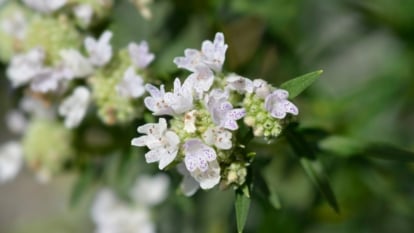I had heard for years that mountain mint was a pollinator magnet. But when I planted a seedling in my garden, I had no idea what buzz would ensue. A few months after I added this perennial to my urban garden, the plants were covered with wasps, bees, and butterflies. While I spotted usual visitors like common eastern bumble bees and blue-winged wasps, I also noticed handfuls of sweat bees and braconid wasps.
Not only was it more popular than the surrounding milkweed and coneflower, but it was also impressively hardy! While I had to keep the transplants watered in the weeks following planting, this plant required no care in the following months and years.
With all that said, I highly recommend adding this plant to any native pollinator garden. If you’re not sure how to choose the right type or properly care for it, stick with me. I’ll cover the plant’s growth habits, share some helpful tips, and introduce you to a few common species.
Overview
|
|
|
What Is Mountain Mint?
Mountain mints are a group of 20 species in the Pycnanthemum genus. All of the plants are hardy perennials that thrive in temperate climates. Unlike culinary mint, gardeners primarily grow this mint variety for its ability to attract and support pollinators.
Characteristics
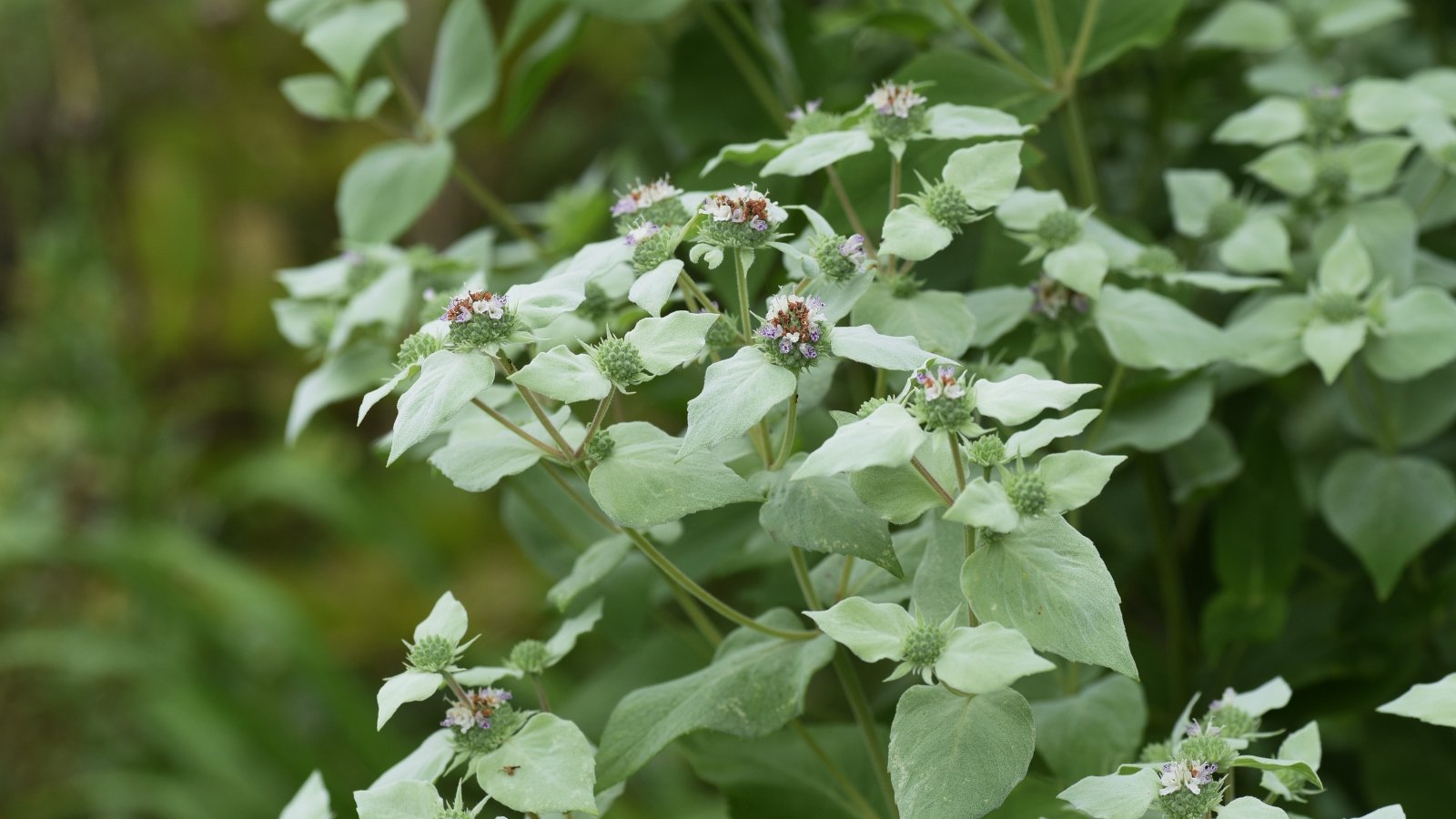
Although each species has unique characteristics, these plants share a few traits in common. They are all perennials in the mint family, but they’re more closely related to bee balm and wood mint than culinary mints. Their leaves are fragrant but are more earthy and woodsy than peppermint or spearmint. This fragrance makes them resistant to deer and rabbits.
All the plants produce slender green stems that form a narrow branching form. The stems are covered with green leaves that vary from long and slender to short and broad. Clusters of small white or light purple flowers appear in the summer and continue blooming for multiple months.
Although some types form large clumps, they won’t take over entire areas like aggressive peppermint and spearmint plants. Therefore, you can plant Pycnanthemum in an open garden bed without worrying about it smothering your other plants.
The foliage and flowers will die when a heavy frost arrives, but they’ll remain on the plants unless you clean them up. When spring arrives, the plants will begin sending out new growth from their base.
Native Area
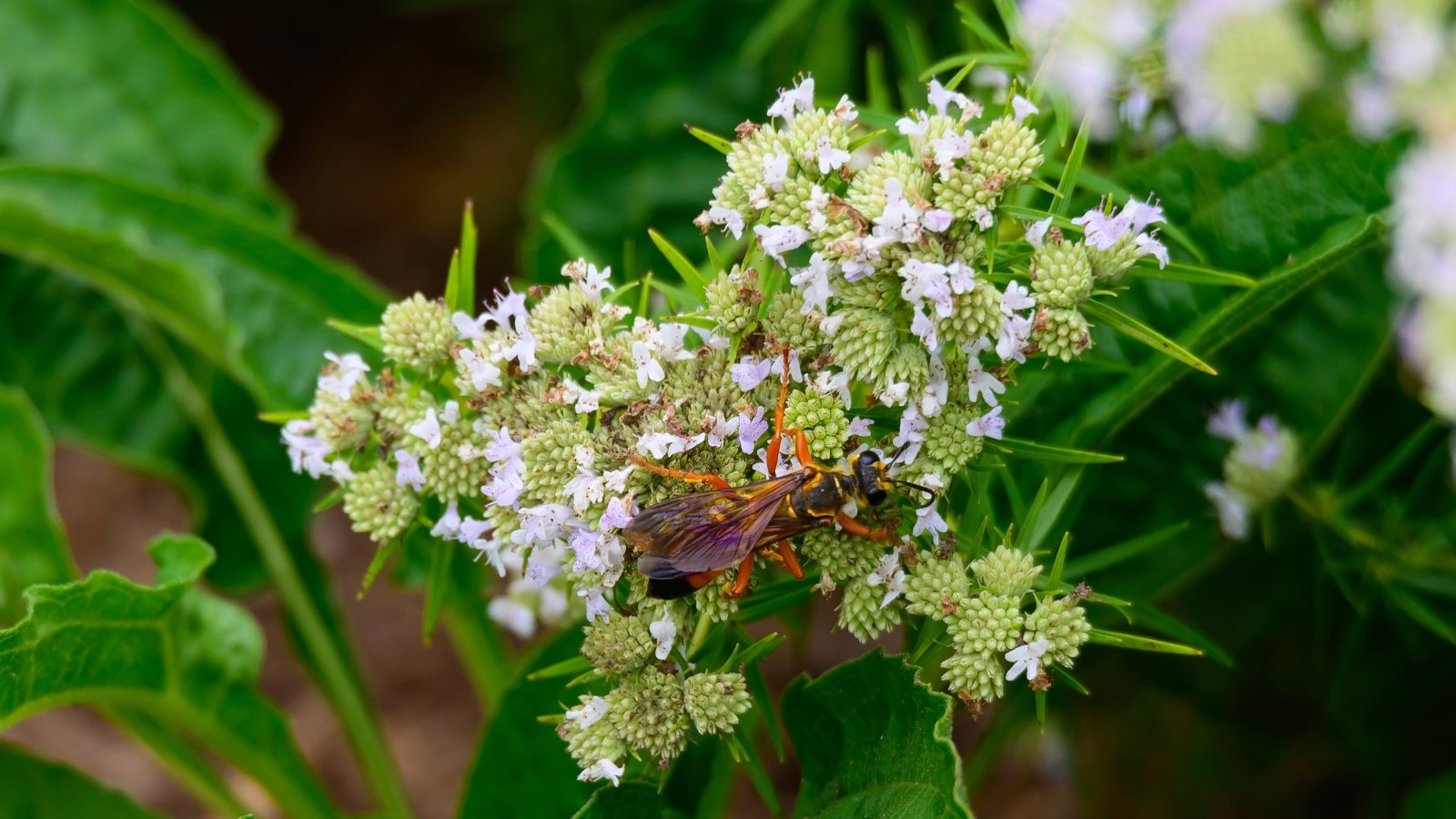
All species of Pycnanthemum are native to temperate regions in the United States and Canada. The vast majority (19 out of 20) species are native to eastern North America, and a single species is native to California.
Planting
Like most types of mint, this plant grows rapidly once established but can be slow to grow from seed. Therefore, I recommend transplanting it rather than starting from seed. However, if you can’t find the species you’re looking for, you can grow the plants from seed.
Transplanting
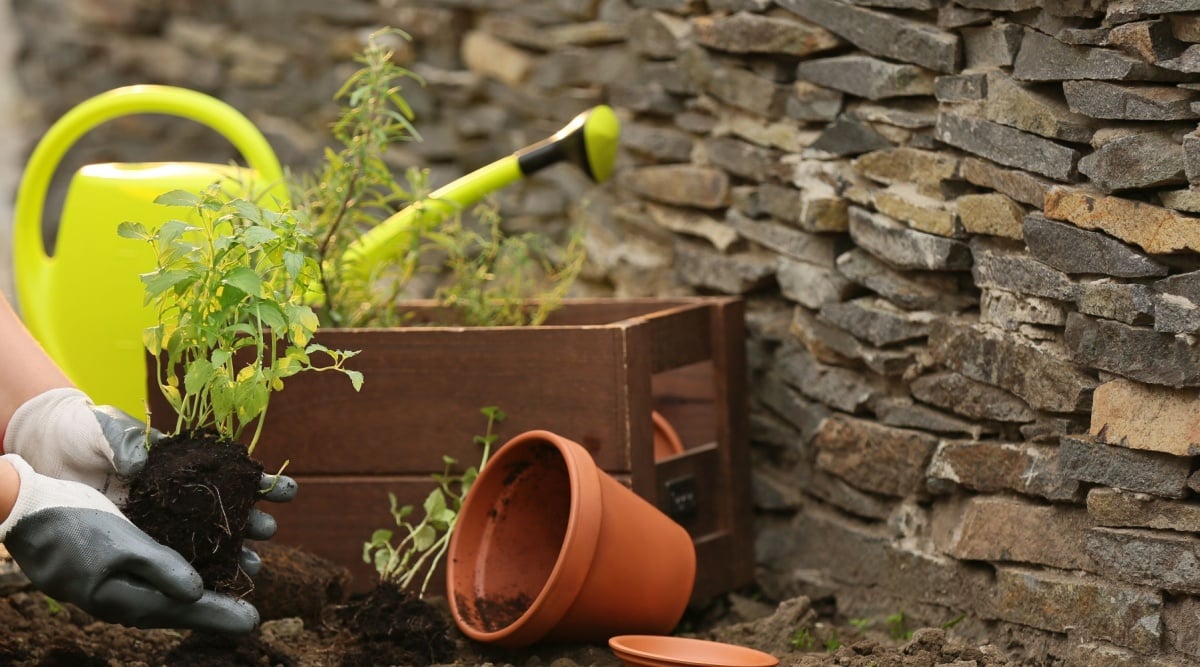
The best time to transplant this plant is the mid-spring or mid-fall. If you opt to plant in the spring, wait until the last frost passes, and then get ready to plant. Although they’re heat-tolerant, the plants will face less stress when transplanted in mild spring temperatures. You should complete fall planting after 90-degree days (~32°C) have passed but at least a month before the first frost arrives.
While tolerant of a range of soil types, it grows best in well-draining soil. So if your ground is compacted, loosen the soil with a digging fork, broad fork, or shovel. You don’t need to turn the soil over; instead, insert the tines or blade into the ground and pull back until the ground cracks. Repeat this process every six to ten inches.
Once you have well-aerated soil, lay out your plant(s). Even if you’re planting four-inch pots, remember that some species of Pycnanthemum grow up to three feet wide. Therefore, ensure the plant has room to grow without encroaching on other perennials.
Finally, dig a hole that’s a bit larger than the transplant’s root ball, add a handful of compost to the bottom of the hole, place your plant, and cover the top of the root ball with soil. Water well and keep the soil moist for the next two weeks.
Growing from Seed
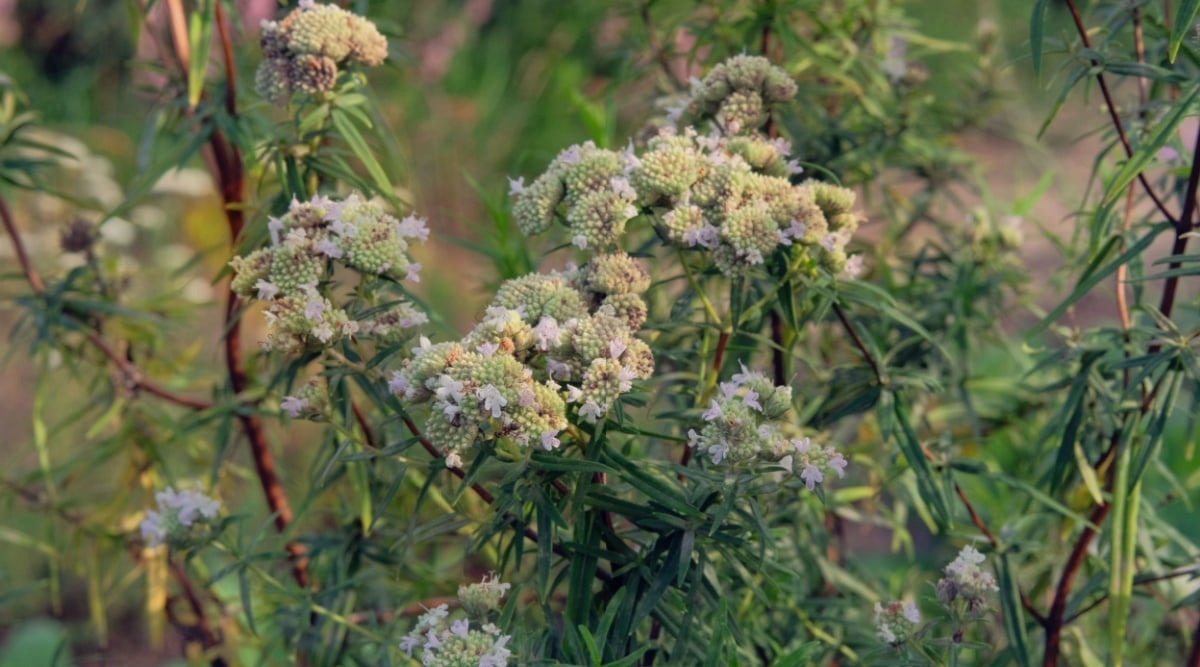
If you want to grow this plant from seed, it’s best to start the seeds indoors and then transplant the seedlings outdoors. Start the seeds in late winter so they can go outdoors by mid to late spring.
Their seeds are tiny, so picking out individual seeds can be challenging. It’s okay if you plant more seeds than you’d like as long as you thin the seedlings when they emerge. To get started, fill a seedling tray with a well-draining seed-starting mix. Sprinkle the seeds on top of the soil, then lightly sprinkle them with a layer of potting mix or vermiculite. The seeds require light to germinate, so don’t bury them.
Lightly water the seeds to avoid washing them away, then place them in a warm and well-lit location. Keep the soil moist, and you should see germination within one to two weeks. Once the seedlings develop their first set of true leaves, you can thin them or pot them up in individual containers. Transplant them outside when the danger of frost has passed, and they’re at least three inches tall.
How to Grow
One of my favorite parts about this plant is how easy it is to grow! It can tolerate a wide range of soil types and is forgiving once it’s well-established.
Light
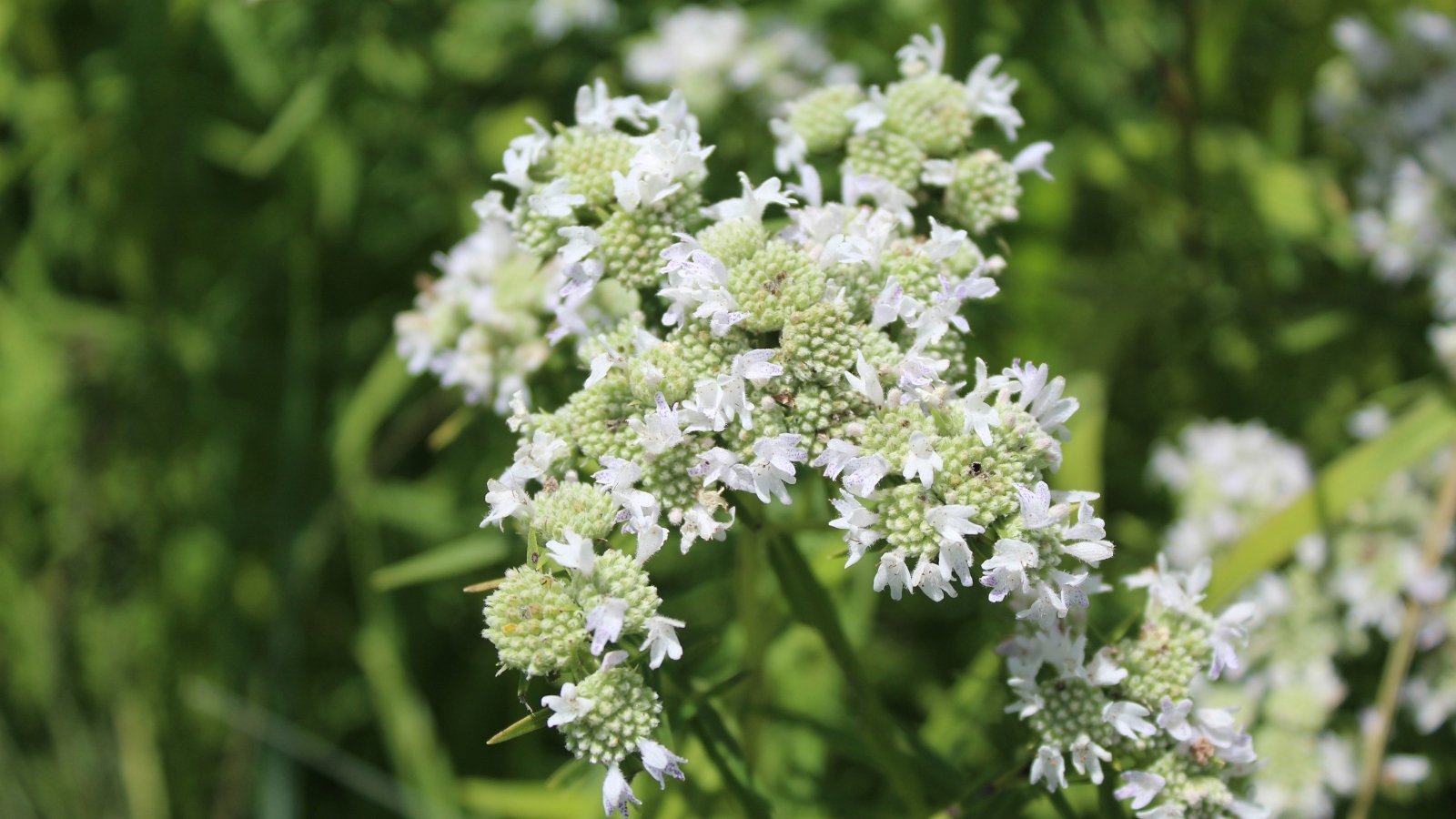
This mint can grow well in full sun or partial shade. Six hours of direct light are key to keeping the plants healthy and encouraging them to produce flowers.
Water
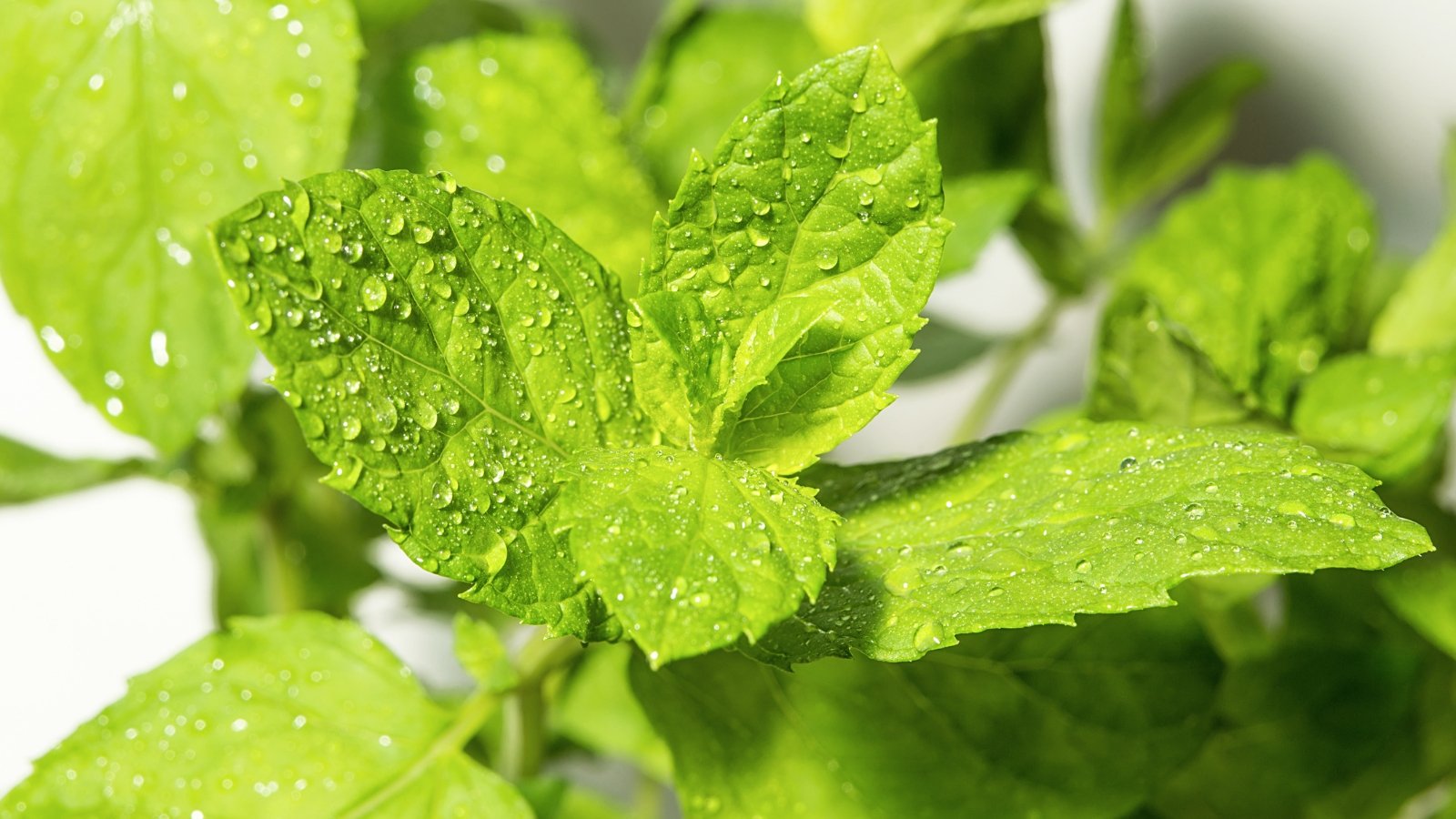
Pycnanthemum can tolerate a variety of moisture levels. They don’t mind brief periods of drought but are also happy in moist soil. However, these plants won’t grow well in saturated soils. Therefore, make sure to choose a well-draining spot for your plants.
Soil
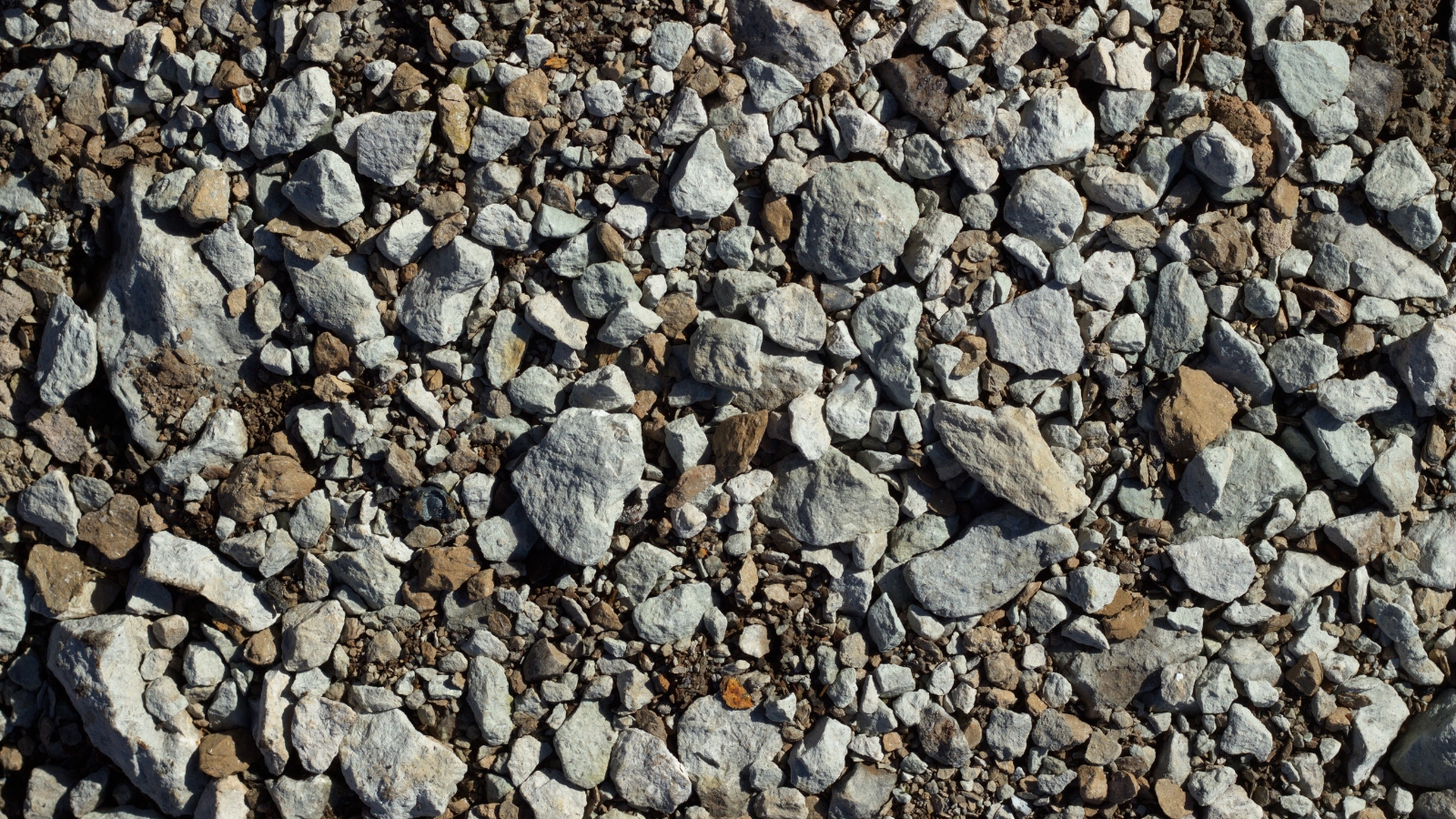
Pycnanthemum species happily grow in various soil types. They thrive in heavy clay soil as long as it’s well-draining. They also grow well in rocky soil, and are happy in rich loam. The most important aspect is that the soil is well-draining.
Temperature and Humidity
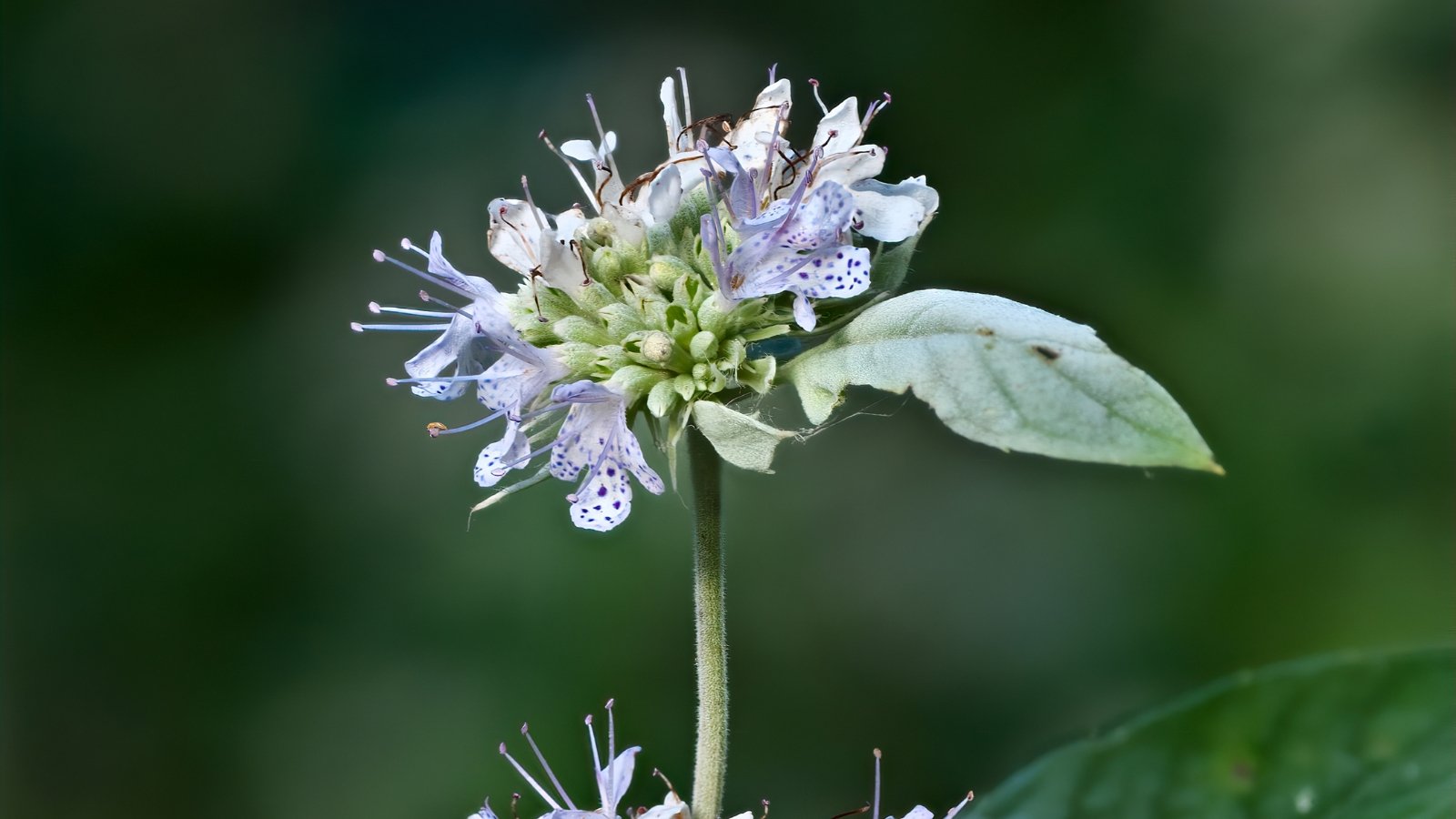
Most Pycnanthemum species grow best in zones three through seven. They tolerate winter temperatures below 0°F (-18°C) and a few days above 90°F (32°C) without a problem. However, some species suffer if they experience prolonged temperatures in the 90s.
This plant isn’t picky about humidity. It can tolerate the high humidity present during summers on the East Coast, but it doesn’t mind dry air.
Fertilizing
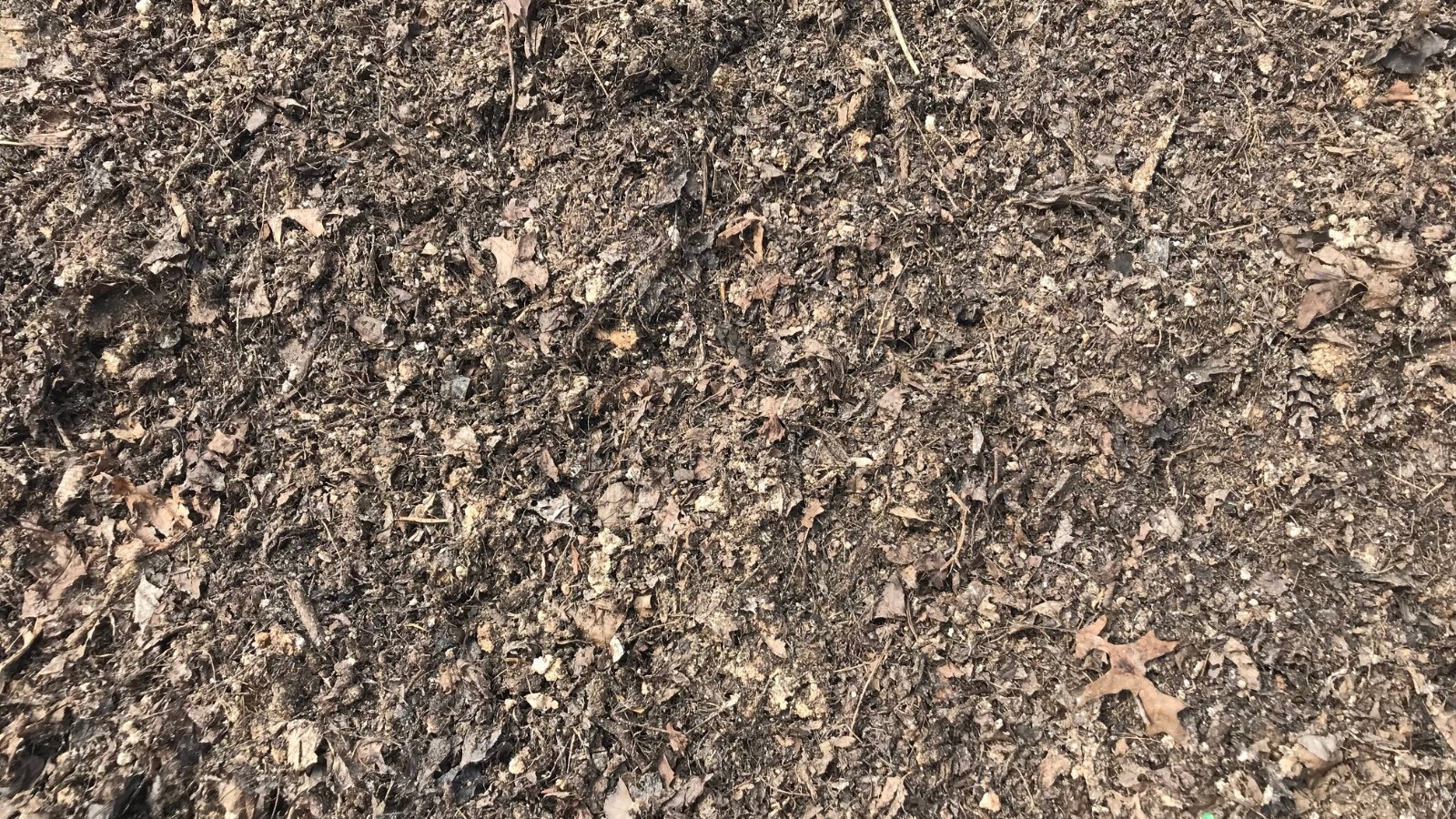
Pycnanthemum doesn’t require fertilizer to remain healthy and produce flowers. If you want to give your plants a boost of nutrients, mix some finished compost into the soil when planting.
Maintenance
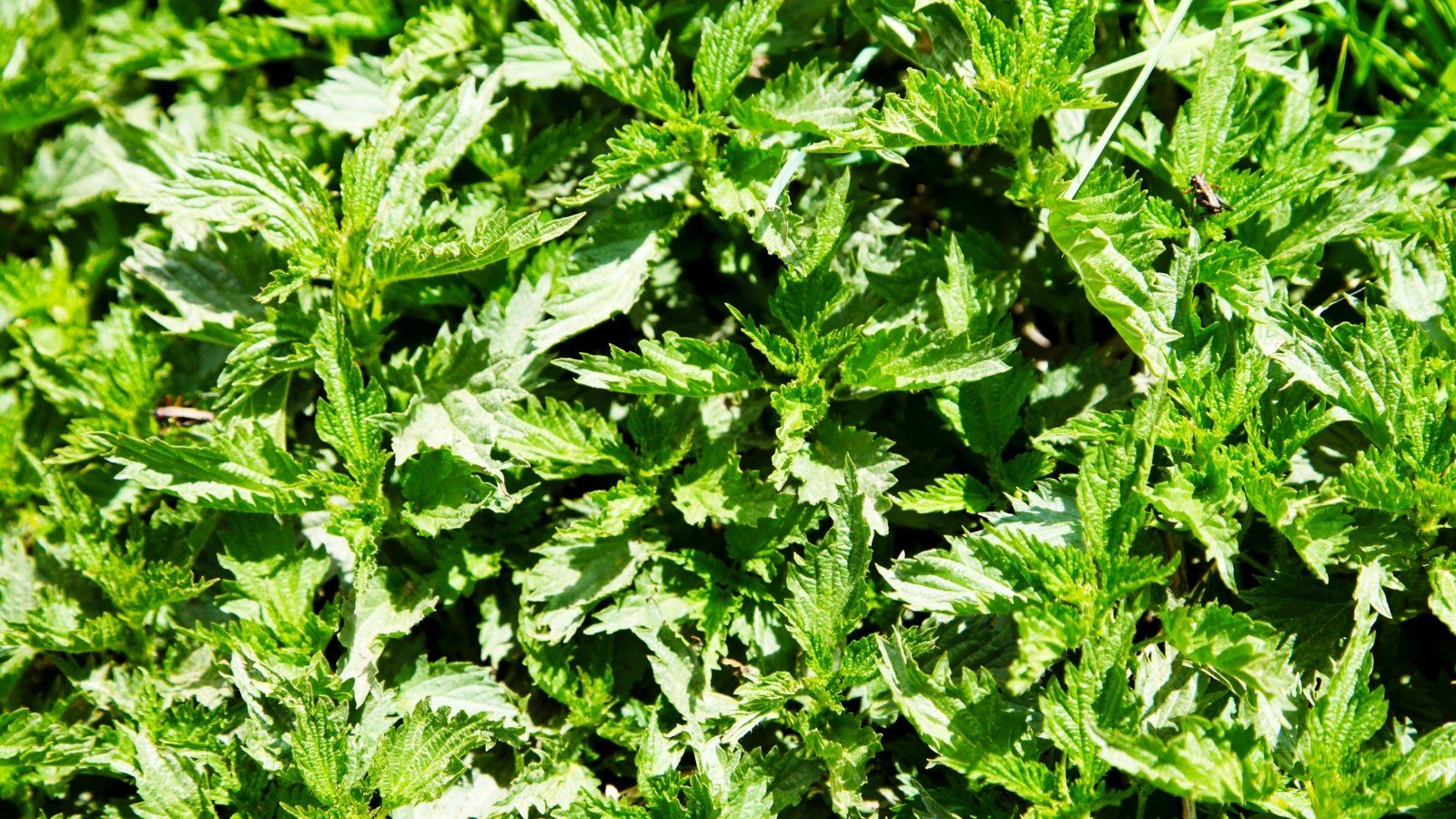
When I say this plant is low-maintenance, I mean it! These plants require no maintenance, and optional maintenance is minor.
If you want to tidy up your garden in the winter and early spring, you can pull off the old, woody stems that died back with cold. However, leaving the stems intact helps provide a habitat for beneficial insects. The plants will send up new growth in the spring even if you leave the old stems in place.
Although they don’t spread as aggressively as other types of mint, some species can spread up to five feet wide. Therefore, you may need to trim the plants if they grow wider than you’d like. This plant spreads by underground rhizomes, so the best way to limit its growth is to insert a shovel into the ground to cut the rhizomes. Then, dig up the portions of the plant that have outgrown the intended area.
Propagation
Pycnanthemum is easy to propagate via a variety of methods. If you have mature plants, you can create new plants via division or cuttings. And if you don’t have access to large plants, start the plants from seed.
Division
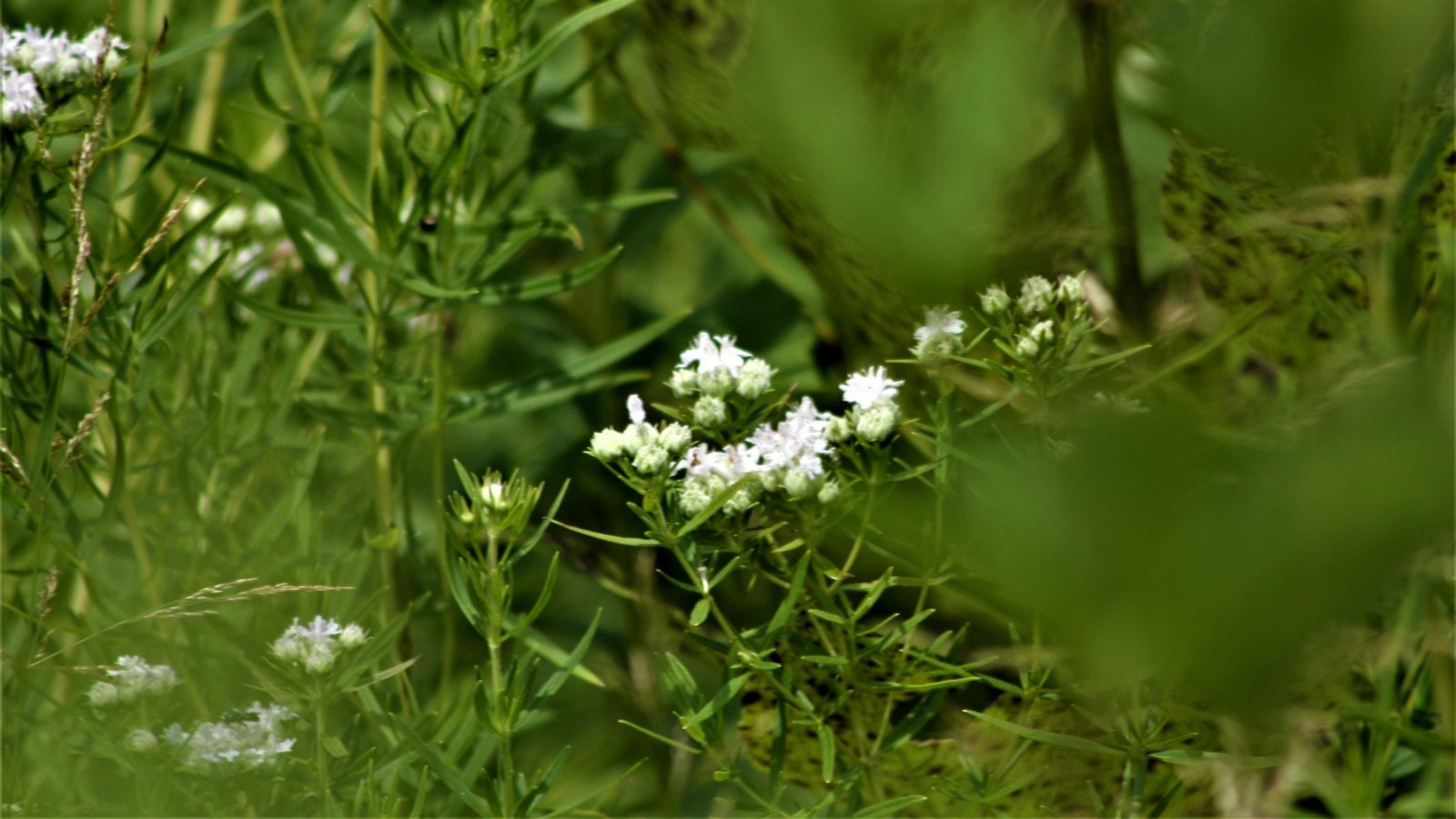
Spreading via underground rhizomes, they’re a great candidate for division. A four-inch-wide plant can grow into a three-foot-wide plant in a few years. By separating the plants, you can create new plants, move them to new areas, or share them with friends.
The best time to divide Pycnanthemum species is mid-fall or early spring, but you can divide the plants during other times of the year. Start by inserting a shovel into the ground to cut the plant’s root systems. You can either dig up the entire plant or a small section you want to move to another place.
Once you have the root ball out of the ground, you can tease the plant apart into multiple sections. Just make sure each section has at least three stems and a healthy root system. Plant the divisions ASAP, or pot them up into a container.
Cuttings
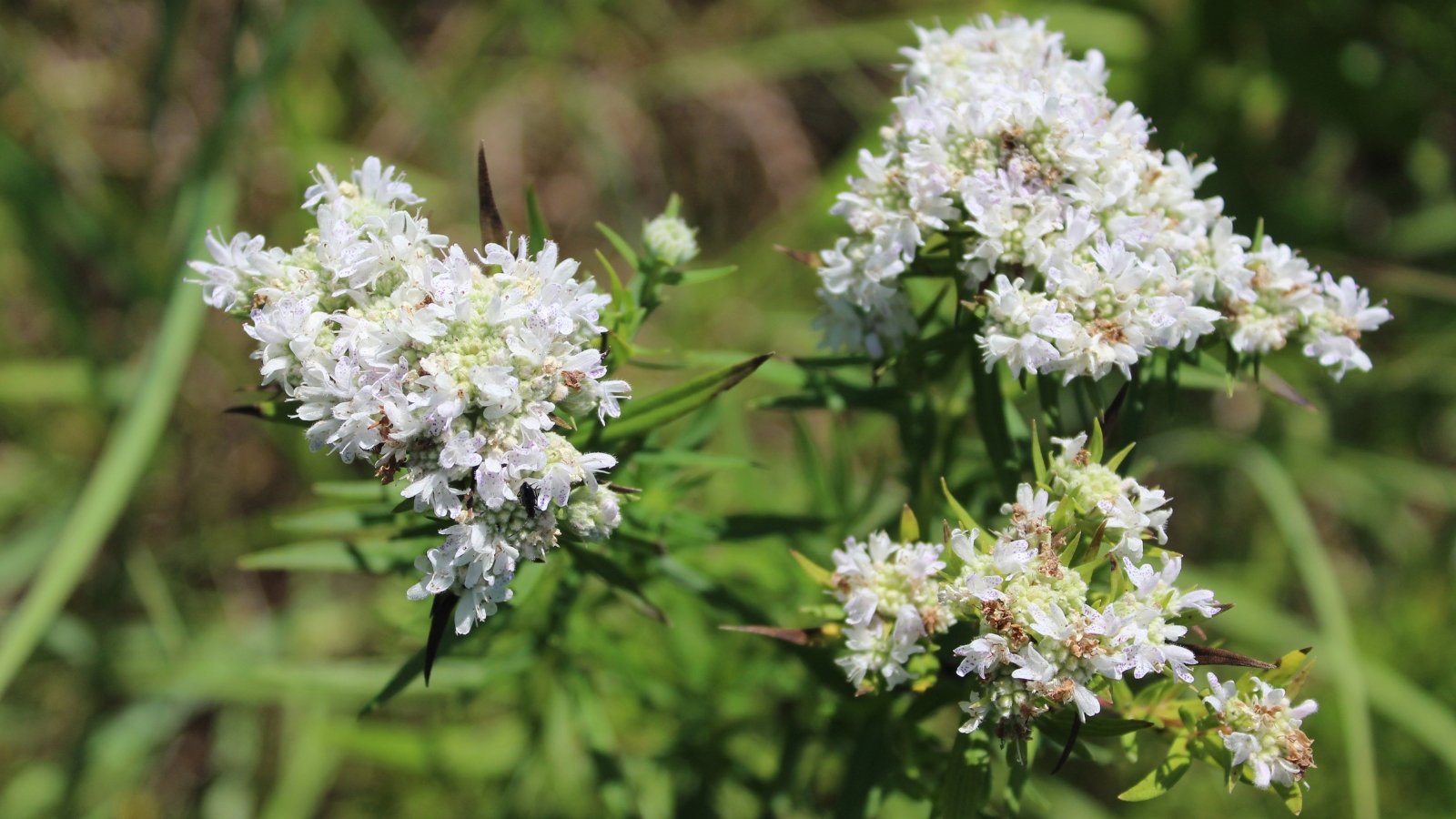
Another way to propagate Pycnanthemum is from cuttings. You can take any time the plant is actively growing, but spring is the best time. Use a pair of sharp and sanitized pruning shears to remove the top eight to ten inches of a stem. Strip the leaves off the lower half of the stem, then dip the bottom of the cutting in rooting hormone.
Insert the cutting into a container filled with perlite or a well-draining potting mix. Set the cuttings somewhere bright and warm and keep the growing media moist. The cuttings should form roots within a few weeks. Once the plants have a strong root system, you can add them to your garden.
Seeds
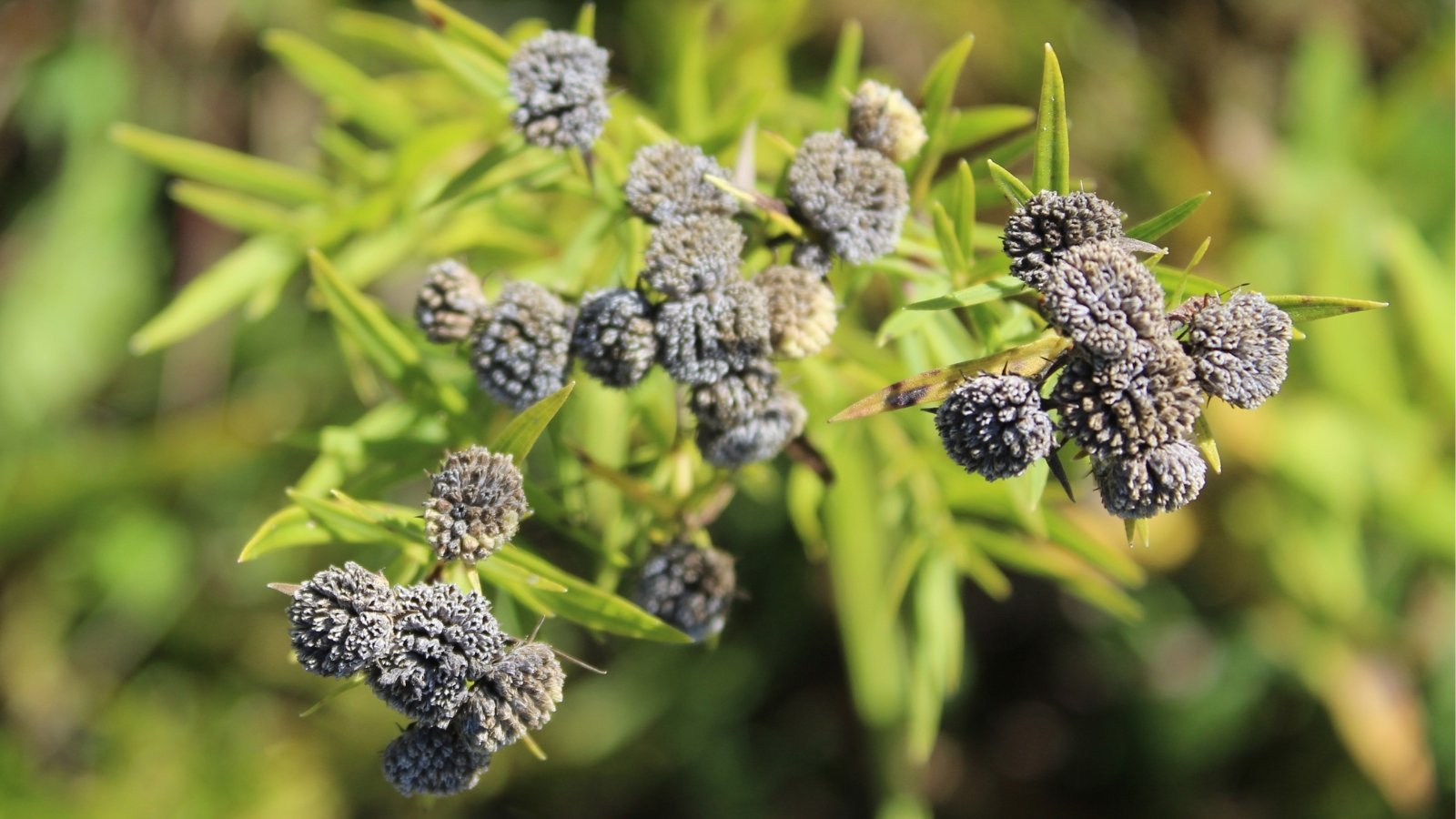
If you don’t have access to a mature plant, you can still propagate these plants from seed. Follow the directions I’ve outlined above to grow this plant from seed.
Species
People may have a specific species in mind when they say mountain mint. However, this common name can refer to any species in the Pycnanthemum genus. Therefore, knowing the different species ensures you end up with the plant you have in mind. Here are a few of the most common Pycnanthemum species.
Clustered (Pycnanthemum muticum)
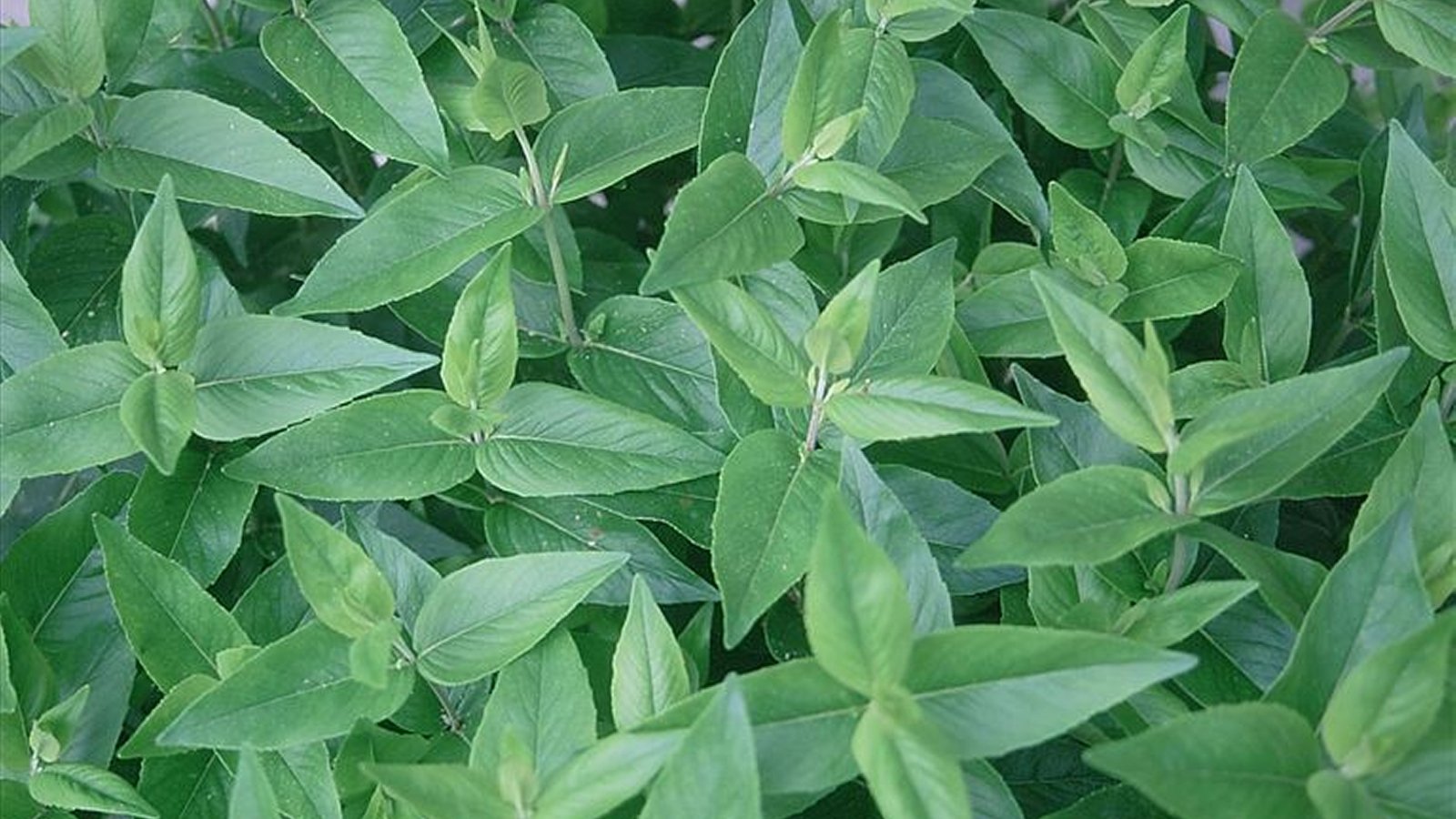
If there’s one species people refer to when they say mountain mint, it’s this one. Clustered or short-toothed mountain mint has some of the widest leaves in the genus. The plants’ stems have a branching form.
During the summer, the plants produce round green flower heads with small white blooms. And insects LOVE these flowers! The flowers themselves are rather dull, but the silvery green leaves surrounding them are stunning.
Before you plant Pycnanthemum muticum, be aware that it can grow up to five feet wide. However, it’s easy to cut back if it grows too large.
Virginia (Pycnanthemum virginianum)
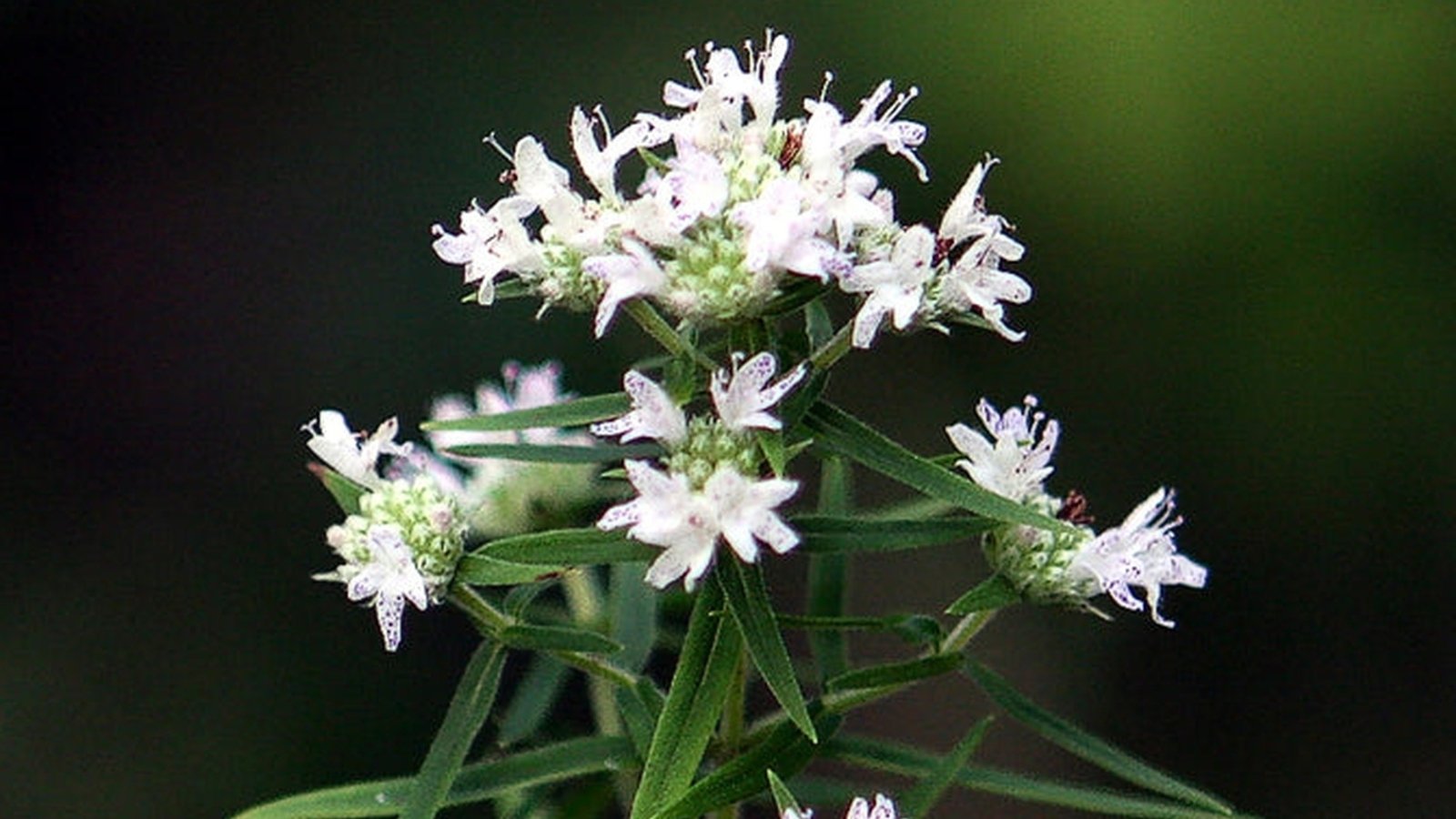
Pycnanthemum virginianum has thin green leaves tightly packed along its stems. The leaves have a minty and slightly earthy flavor that works well in teas. The plant also sends out clusters of small white flowers that often display hints of purple.
This species doesn’t spread very wide, but it can grow up to two feet across. The plants are extremely drought tolerant and can grow well in poor and rocky soil.
Narrowleaf (Pycnanthemum tenuifolium)
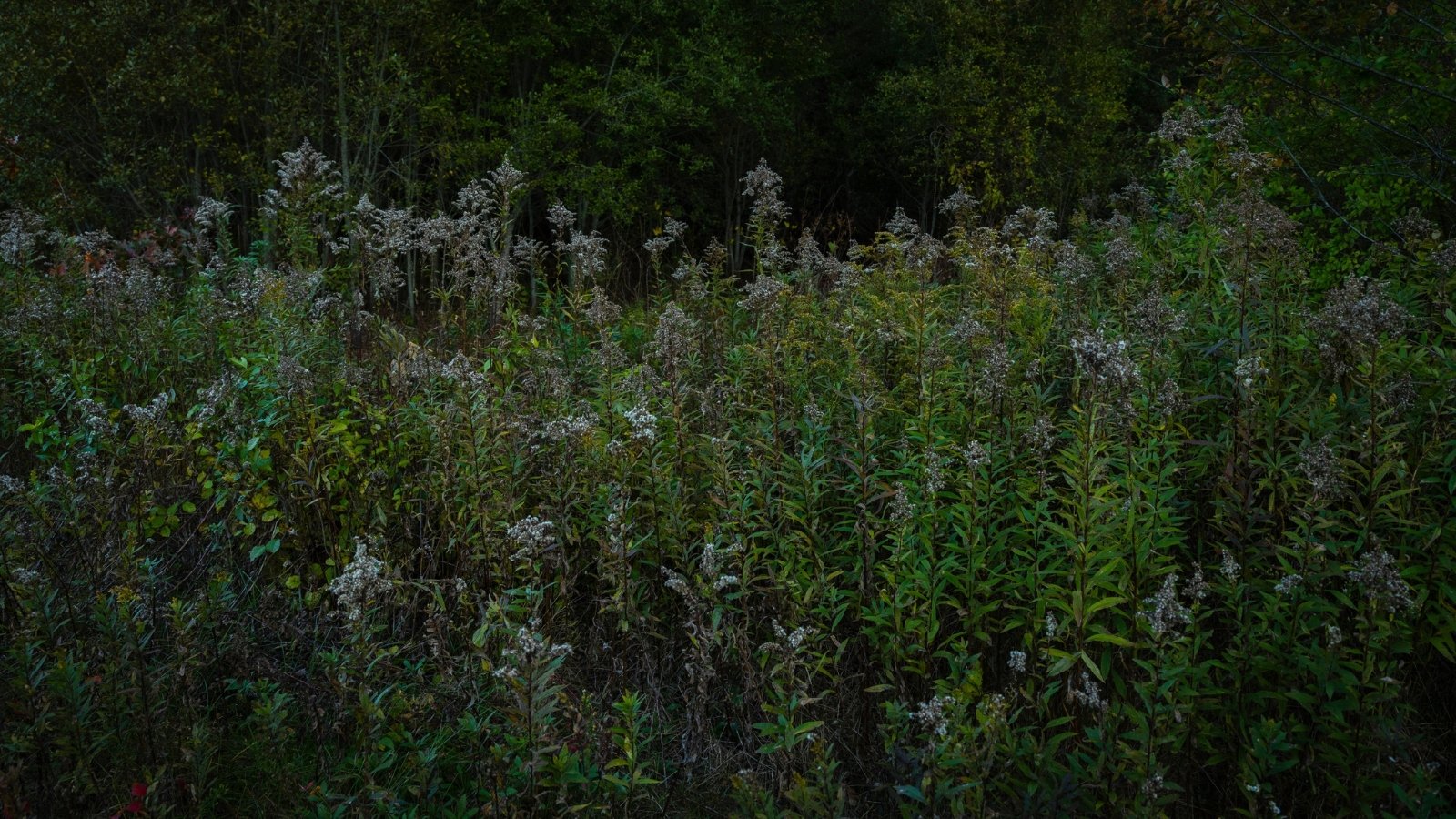
As its name suggests, this species has narrow leaves that almost resemble pine needles from a distance. The plants grow one to two feet tall and become covered with small white flowers in the summer.
Narrowleaf mountain mint prefers richer soil than other species, so it’s not the best choice for rocky or nutrient-poor soil. It can tolerate brief drought but prefers moderately moist soil.
Southern (Pycnanthemum pycnanthemoides)
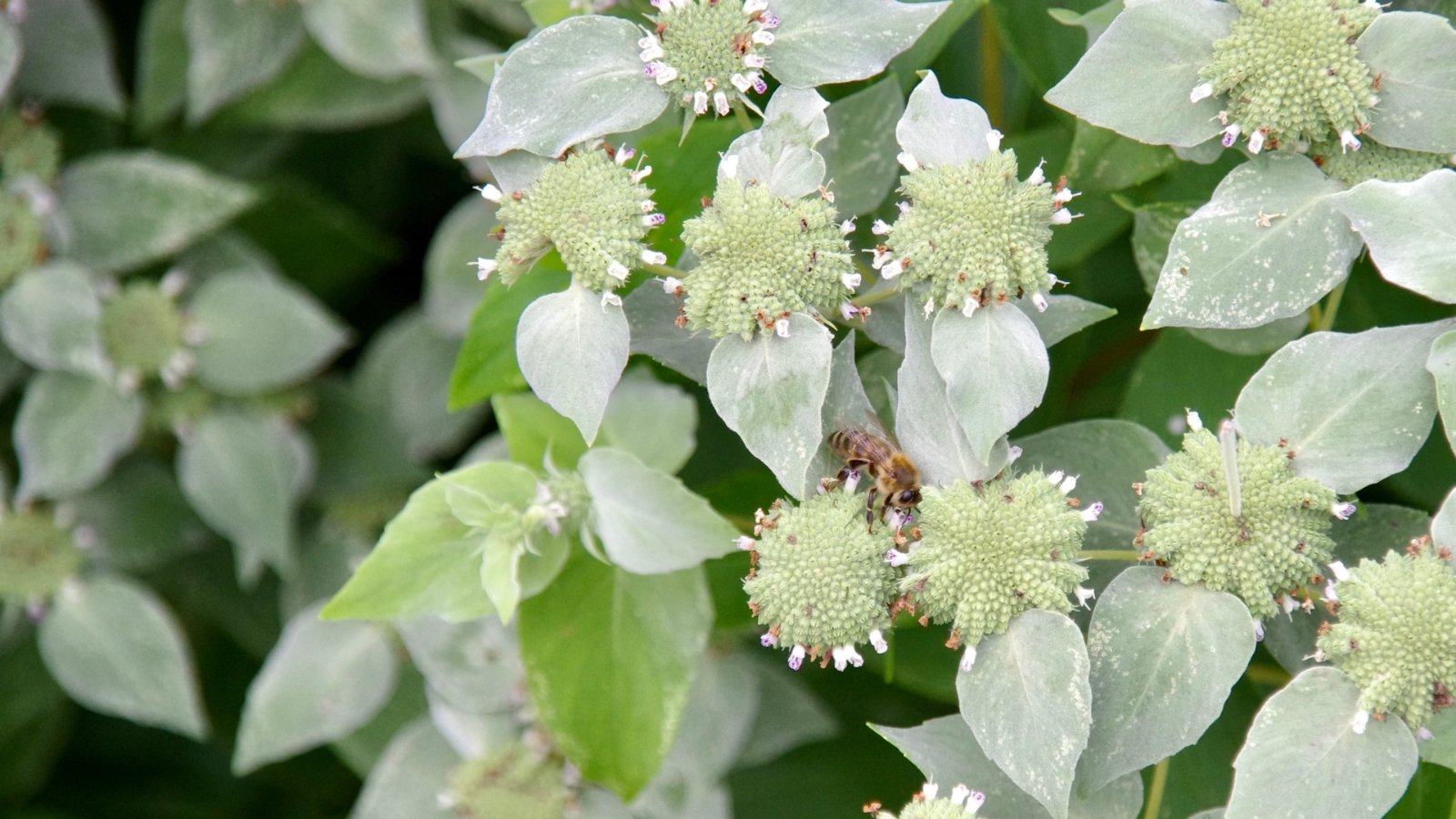
Native from Indiana and Illinois all the way down to Florida, southern Pycnanthemum pycnanthemoides grows well in moderately moist to dry soil and full sun to partial shade. You can find it growing in meadows and sparse woods in the wild.
This species is one of the taller varieties—plants grow from three to six feet tall. The lanceolate leaves have a notable narrow tip, and the white and purple flowers appear in clusters on top of the plant.
Sierra Mint (Pycnanthemum californicum)

While 19 out of 20 Pycnanthemum species are native to the eastern United States, Sierra mint is native to the Sierra Nevada mountains in California. The plants grow one to three feet tall and have lanceolate leaves.
Unlike other species, Sierra mint has flowers along the length of its stem rather than at the top. Small white and purple leaves appear at each leaf node and attract many pollinators.
Common Problems
Pycnanthemum is a hardy plant that experiences few major problems. However, keep an eye out for the following issues.
Overcrowding
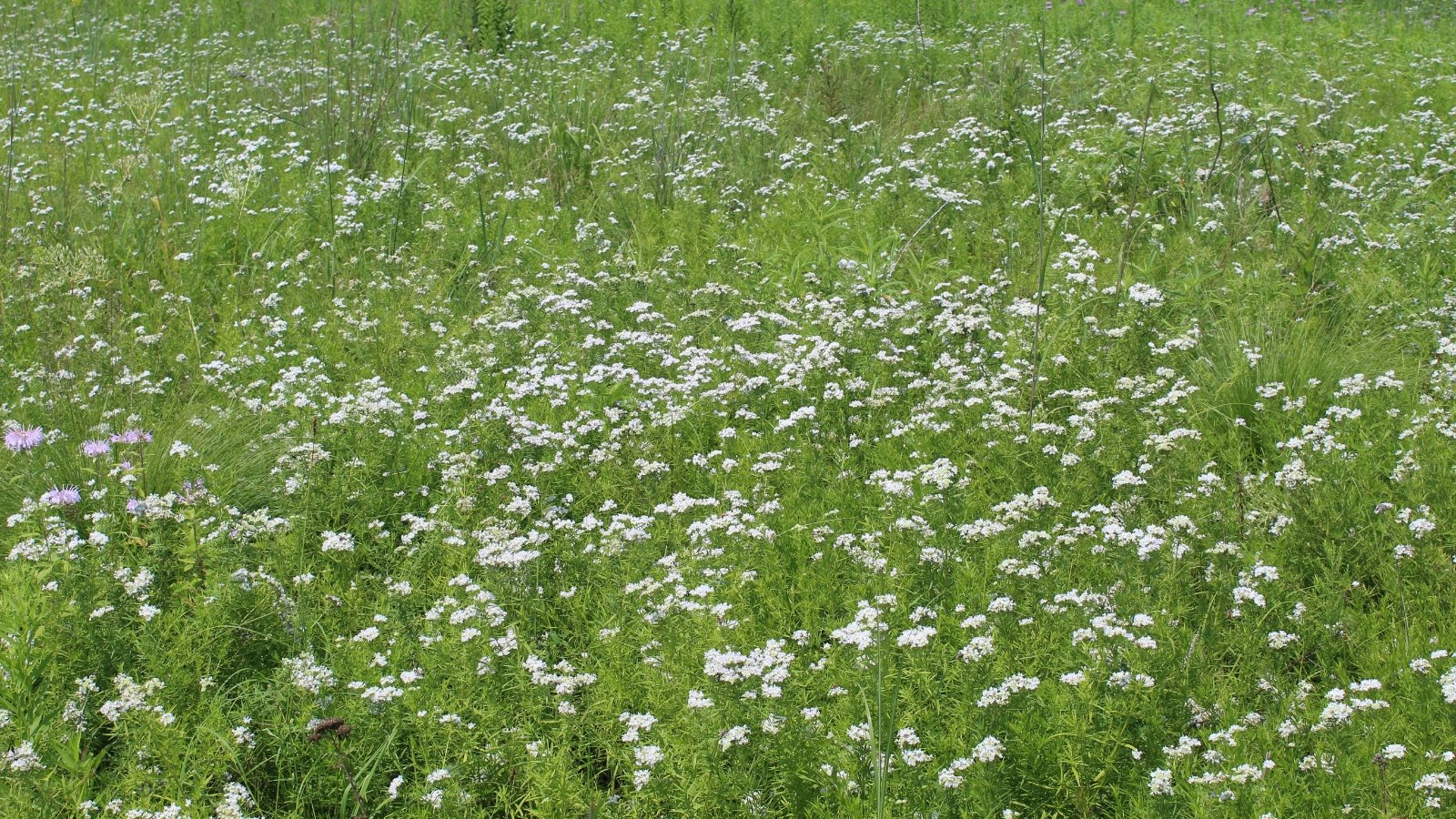
All Pycnanthemum species grow as clumps that spread over time. If you’re not careful, it can overtake other plants. However, these plants aren’t as aggressive as peppermint and are easy to contain with a shovel.
Rust
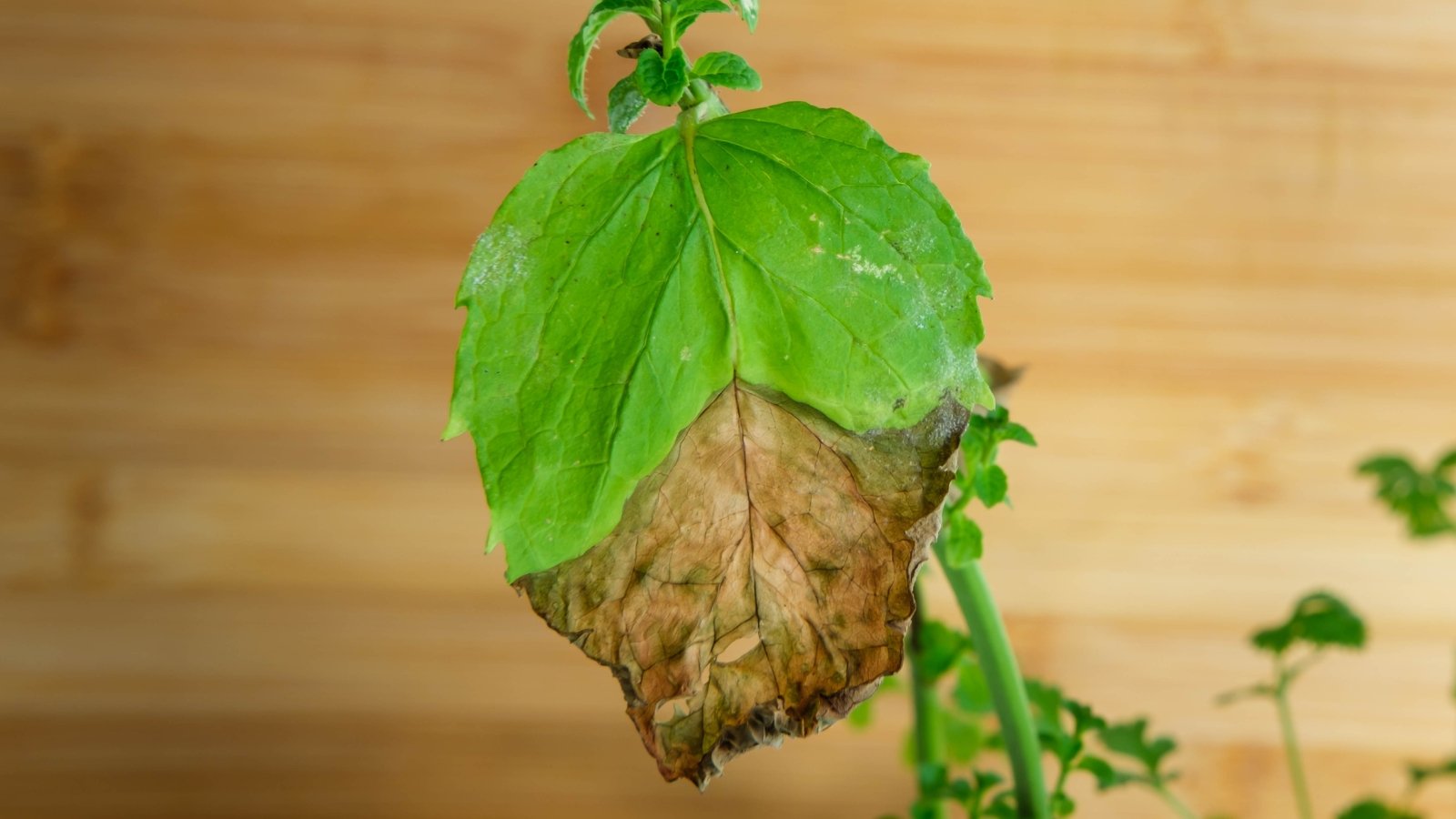
If your plants become stressed due to high heat, saturated soils, or extended periods of drought, you may notice brown or orange spots on their leaves. These spots are a symptom of a fungal disease known as rust. Plants typically recover from rust if growing conditions improve, but pruning out infected foliage will help decrease the spread of disease.
Powdery Mildew
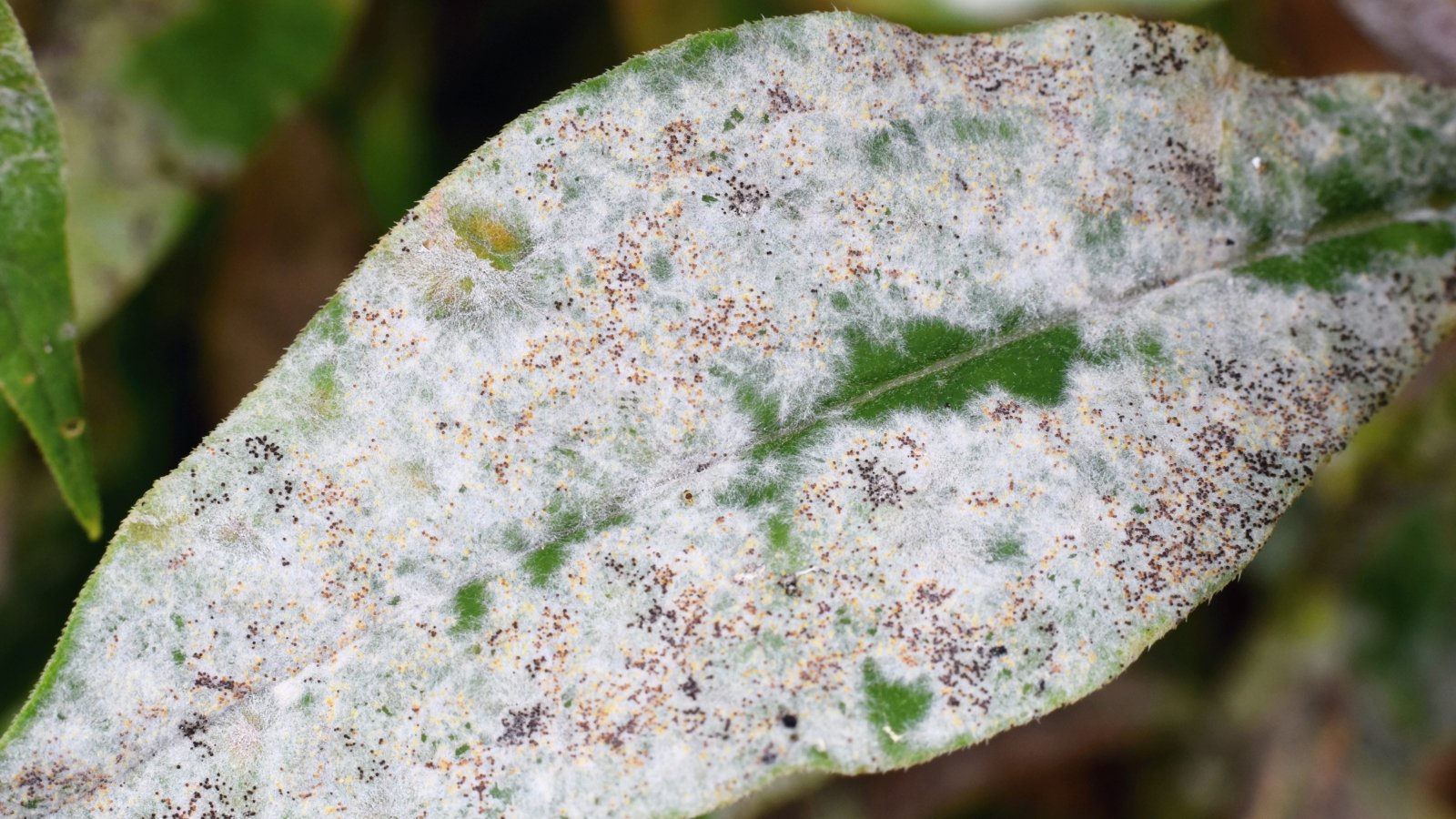
If you notice your leaves covered in a white substance, they’re probably infected with powdery mildew. This common fungal disease is most likely to occur during damp and humid conditions. Therefore, avoiding overhead watering and overcrowding can discourage this disease from developing.
Frequently Asked Questions
They grow well with other hardy perennials like coneflower, rudbeckia, bee balm, and coreopsis. Just make sure to leave enough room between the plants to account for their spread.
Their foliage has a minty aroma with earthy undertones. You can harvest the leaves for use in tea and potpourri.
Although the plant can spread up to five feet wide, it isn’t considered invasive since it won’t take over entire lawns. You can easily cut the plant’s roots to stop its spread.
Final Thoughts
If you’re looking for a low-maintenance perennial that’s a pollinator magnet, you can’t do much better than mountain mint. Add one of these plants to your garden and enjoy the buzz of bees and butterflies for years to come.

